First Ironman Champion
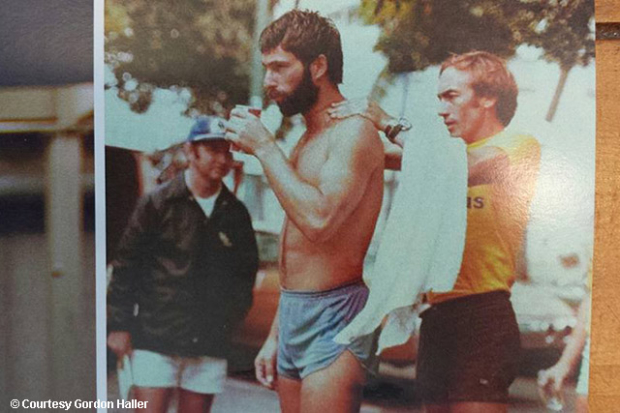
Gordon Haller was the first across the line at the very first Ironman Triathlon. He is 68 years old and he could fit into his 1978 kit no problem. Most of all, he can see no reason to hang it up.
Slowtwitch: Although your beard has turned from black to silver, you look as lean as you did 40 years ago. How fit are you?
Gordon Haller: I’m pretty healthy now but I have had some setbacks along the way. Back in 2000, I had knee surgery. In 2009 I had hip resurfacing. And this May I had some debris in my knee cleaned out. It wasn't real heavy duty surgery.
Haller lives in Bella Vista, Arkansas with Beth, his wife of 39 years. He works as a program analyst at Walmart's corporate headquarters in Bentonville. Haller has completed 23 Ironman races and about 30 other triathlons of varying distances. He's been back to do the Ironman in Hawaii 16 times (most recently in 2013 and completed that race in 15:37:47). He has an Ironman career best of 10:58, set in Kona in 1980.
ST: Standing on start line at Oahu in 1978, after paying your $3 entry fee and joined by 14 other early adopters, did you have any idea that triathlon and Ironman in particular could be a billion dollar enterprise with thousands of people from around the globe trying to qualify?
Gordon: No I didn’t. If I had anticipated and invested in it, I’d be rich.
ST:How did this happen?
Gordon: People saw it and thought: ‘I could do that.' We were just a bunch of ordinary guys who decided to do it. And other people saw that and decided to do it too.
In high school in Forest Grove, Oregon, Haller wrestled, played tennis and ran track and cross country. In college at Pacific University near Portland, he lettered in swimming, soccer, track and cross country.
ST: You were serving in the Navy as a Communications Specialist in the mid ‘70s. How did you come to be in Oahu when the Ironman was a dream aborning with John and Judy Collins?
Gordon: In September ’75, I got off active duty in the Navy. Ultimately I did a lot of different things to make a living.
Haller collected some unemployment, did gardening, sold a weight loss program door to door, did surf reports for a local radio station. He joined the Navy Reserves – 24 years – and spent a year driving a cab. He also competed in a military pentathlon, a precursor of triathlon.
ST: So what did that mean for you in triathlon?
Gordon: For one thing it made me work really, really hard. We would get up at 4 in the morning. We didn’t have rest days.
ST: When did you arrive in Oahu before the Ironman?
Gordon: In ‘76 I was in the States and came back to Oahu to run the Around the Island Perimeter Relay. Then a hurricane hit and they postponed the race for two weeks. So I cashed my plane ticket and spent three more years on Oahu.
ST: Some people were worried: Can people survive an Ironman? Was there any question in your mind?
Gordon: No. I knew I was gonna finish because it was basically the stuff I did all the time anyway.
ST: What were some of those workouts?
Gordon: Well, when I was first stationed in Oahu, I had an eight day rotation with plenty of time to train. To be specific, Day 1 was 8 hours on and 16 hours off. Day 2 was 8 hours on and 8 hours off. Day 3 was mid 8 hours on and 16 hours off. Day 4 was mid 8 hours on and 8 hours off. Day 5 was evening 8 hours on and 16 hours off. Final shift was 8 hours on and 80 hours off. So I could train for three plus days at time.
ST: Perfect work schedule for you?
Gordon: It was. On my three days off, I would get up early and run 10 miles on average. Come back for breakfast and then go out and ride 100 miles. Then I took a nap and swam a couple miles in the pool. And in the evening I’d go out and run another 10-15 miles. That was almost a full Ironman each day.
Most of all, he focused on running. In December 1976 he ran 10th at the Honolulu Marathon in 2:29. In November 1977, he flew to Washington DC and ran the Marine Corps Marathon.
ST: How satisfying was that?
Gordon: That was really satisfying. Although I think I could have gone faster if I hadn’t stopped several times due to sciatica. I ran 2:27 – my fastest marathon.
ST: When did you hear about the race first known as the Iron Man?
Gordon: Right after the 1977 Marine Corps Marathon, I started the Honolulu Marathon but after a few miles I developed sciatic pain and stopped, where I met and started talking with a friend of mine. He knew I did a lot of all the triathlon sports and he told me they invented a race for me. Soon after, I went to a meeting at the house of (Ironman founders) John and Judy Collins to talk about the Iron Man. There were about 15 people and we went from there.
As the first Iron Man – changed to Ironman in 1981 – drew near, Haller struck a deal to do some part time work at Hank Grundman’s Nautilus Fitness Center in return for sponsorship at the race. Crucially, Nautilus offered an intro to the best support crew in the race – a masseuse, cook, two drivers, an 11-year-old surfboard swim guide, and a couple of pacers.
ST: Did you know John Dunbar who had been in Navy SEALS?
Gordon: Yes. We had been friends for a while by that time. He was attending Chaminade University and we were planning to go on a dinner cruise with his class the evening after the Iron Man.
Due to Dunbar’s wobbling finish they missed the cruise.
ST: Some wondered if anyone could finish the Iron Man. But a very interesting race broke out. You and Dunbar were a match of different strengths and weaknesses. Dunbar swam right around an hour. What was your split?
Gordon: I was 20 minutes back (in 8th place). Then I was 8 minutes faster on the bike.
Haller might have been faster, but he found his gearing was too high for the steepest climb. So he stopped and switched to a second bike carried by his crew.
ST: You were 13 minutes back of Dunbar at T2. About the same deficit Mark Allen and Karen Smyers overcame in ’95.
Gordon: I knew my best marathon (2:27) was about 12 minutes faster than his.
ST: Theoretically you would have come to the line in a sprint finish?
Gordon: Exactly, by that logic. But I thought I was going to win.
ST: Take us through the run.
Gordon: I finished the bike ride at Aloha Tower. Then I got a neck and shoulder massage from my team coach Steve Epperly. He was a former modern pentathlon athlete. He went blind in one eye. I can’t remember what the reason was.
ST: Hope he was not stabbed during the fencing – one of the elements of military (and modern) pentathlon.
ST:What was your nutrition and hydration plan?
Gordon: I had orange slices, chocolate chip cookies, plain water and I had this this thing called Body Ammo that was supposed to save your muscles.
ST: What happened the first miles of the run?
Gordon: It took me about 6 miles before I could see him. Then I had time to figure out what I was going to do. I think it was Mile 17 when I actually ran up to him the first time.
ST: Did you talk to each other?
No. In fact I don’t think I passed him those first few times. At Mile 17 and Mile 19 I caught up to him and stopped – to go to the bathroom and get massages. The last stop I made was at Mile 21. I realized that despite all my stopping, I was still catching up to him. So, if I didn’t stop, he’d have to catch me.
ST: Were you worried that if you didn’t solve your cramping, you might lose? Did winning the race grow in meaning as you were immersed in your duel with Dunbar?
Gordon: It was hard to find meaning when I got out of the water and found out how far behind I was. But it became more meaningful as the race went on.
ST: When did you finally pass John?
Gordon: Mile 21.
ST: After you passed him, Dunbar was going through a paroxysm of dehydration and hallucination. His crew ran out of water and handed him a beer – which only made matters worse as he staggered and bumped into cars. What did you think when you heard about it later?
Gordon: I wasn't aware of that until well after the race was over. I do know when I passed him at 21, he looked pretty bad. He was white as a ghost and he looked like he wasn’t going to last much longer. That gave me confidence.
ST: How much time did you make on him the last 5.2 miles?
Gordon: I ran that in just over 30 minutes and finished with a 3:30 marathon – about 30 minutes ahead of John.
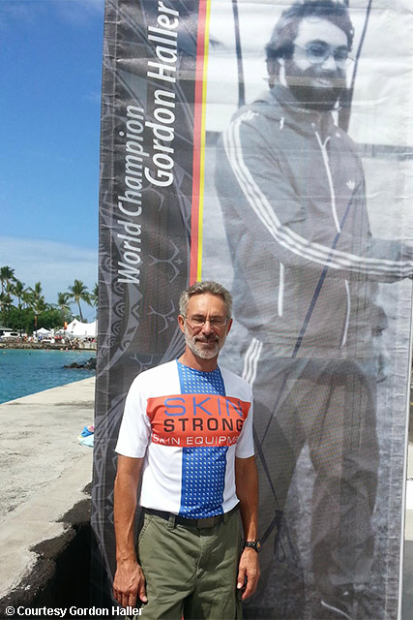
Haller finished in 11:46:58 which gave him a 33:29 margin of victory over Dunbar.
ST: What did things look like as you neared the finish?
Gordon: It was dark by then. We started around 7:30 AM and finished just after 7 PM.
ST: What was the finish like?
Gordon: There was one spotlight at the finish line at Kapiolani Park.
ST: Who was there?
Gordon: There was one guy sitting in a lawn chair. I don't remember who it was. Somebody said, “Are you in the race?” I said “Yeah.” He said “Well, you’re done.”
ST: Was your crew there?
Gordon: Two of my crew were with me at the finish. And two friends of mine ran the last five miles with me. One was Professor Dugan of U of H.
ST: How did you celebrate?
Gordon: I walked over to the beach and waded in the ocean for a while to cool my legs off.
ST: When you looked at your training log later, what struck you about it?
Gordon: I learned that less is sometimes more and I overdid a lot of things. I didn’t swim enough. I didn’t ride enough. But I ran too much.
ST: Your best finishes in Ironman Hawaii after that?
Gordon: In 1979 I was 4th (12:31:53). In 1980 (the final year on Oahu) I was 6th (10:58). Then it really dropped off as more people entered the race. I was 37th (11:41:37) in 1981, the first year on the Big Island) and then in February 1982 I was 53rd (11:09:39 – where he finished one second ahead of women’s winner Kathleen McCartney). October 1982 was the last time I was in the top 100 – (94th in 11:19:05).
ST: What was your most recent finish at Kona?
Gordon: I finished in 15:37:47 in 2013. I also did Lanzarote in 2013 in 17:09. That was embarrassing.
ST: You are now 68 years of age. How much satisfaction do you still derive from the sport?
Gordon: I take comfort from still doing it at my age. I guess that is a personal thing. That I can prove to myself I am still alive and still able to set a goal and work towards it.
ST: What does it all mean?
Gordon: It is a lifestyle. It’s what I do. I like it and I like to help other people do it too.
ST: Any of the great duels of the elites at Kona captivated you?
Gordon: To go back a number of years, there was more than one battle between Mark Allen and Dave Scott. The Big Iron War in 1989 was pretty impressive. But two years before that, the same two were neck and neck most of the way. I have that 1987 race on video. I thought I had the bigger one in 1989. But I lost it.
ST: What is one of the most exquisite impressions you get while racing in this beautiful place?
Gordon: The Kona swim is the leg I like the least. But it is really cool to be swimming along 90 feet above the bottom and you can see the fish and coral and everything down there. It is a dichotomy. You come up for air and see the chaos that is going on all around you. Then you put your head back down in the water and it is all serene and quiet and calm. That is a nice picture that takes you away from how hard it is.
ST: What is magical about the finish?
Gordon: Now that I race near the end, when you get close to town, you can hear Mike Reilly at the finish line. The crowd gets louder and louder and the lights get brighter as you get closer and closer. Finally you figure out you are going to make it. You may not have solved the question of “why am I here?” – but it feels like you did.
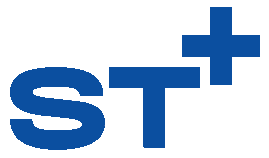


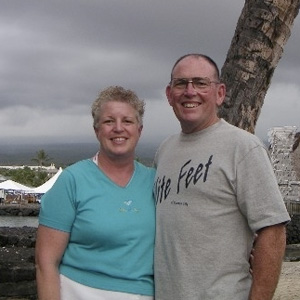
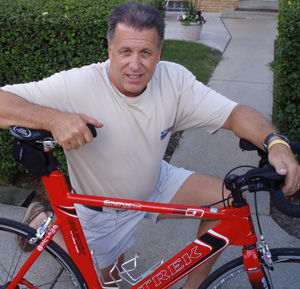
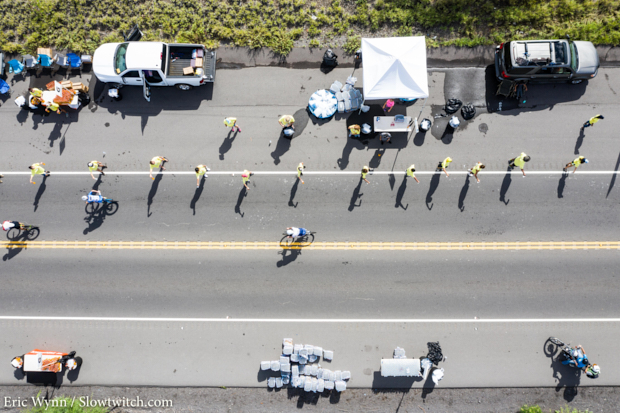

Start the discussion at forum.slowtwitch.com